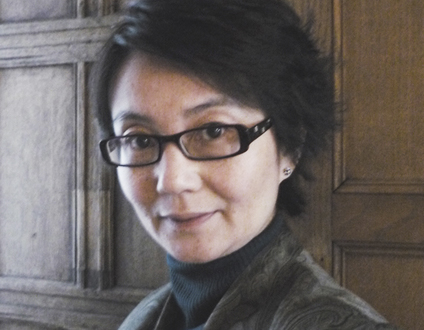The sixteenth century produced some of the most beautiful, richly illustrated scientific books known to exist. De humani corporis fabrica by Andreas Vesalius, published in 1543, remains, for example, among the world’s most influential set of books on human anatomy. It is generally believed that the illustrations in those books were created from direct observation (certainly the case for Vesalius), rendering them more true to life. In fact, however, a great many were reproductions—copied from other illustrations—reducing them, for scholars and critics, to second rate.
In this “Image–Text–Book” Symposium keynote address, Sachiko Kusukawa invites a more expansive view, one in which copying as a form of translation holds an important place in shaping and sharing scientific knowledge.
SYMPOSIUM 30 September–1 October 2016
The Materiality of Scientific Knowledge: Image–Text–Book. Throughout the long history of scientific investigation, ideas were developed, shared, and validated through various print and art forms. These material factors—the conditions of writing, printing, and illustration—underwrite the exchange and sharing of scientific knowledge from classical antiquity to the nineteenth century. This symposium will investigate the myriad, often contradictory vocabularies we use to analyze images and text in scientific writing. Its goal is to promote more fruitful interdisciplinary, collaborative work in the history of scientific thought.



